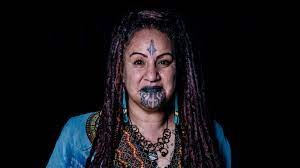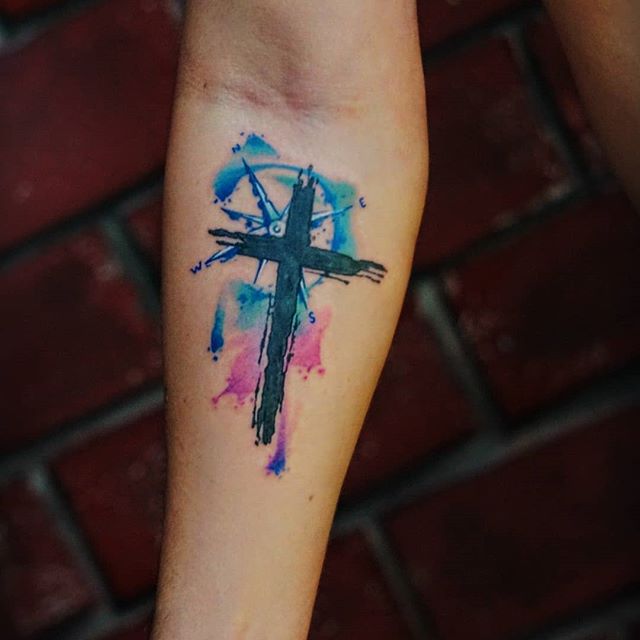
Origin
Maori tattooing was an ancient art form that existed long before European settlement. Tattooists used traditional tools, such as chisels and comb-like instruments, and ink extracted from burning Kahikatea or Hebe shrubs. Tattoos were initially used to symbolize status, achievements, and heritage. Facial tattoos were especially sacred. Tattoo artists, known as tohunga, received weapons, cloaks, and greenstone as payment for their services.
Symbolism
Maori women’s tattoos symbolize their identities and roles within the tribe. Spiral patterns, curvilinear lines, and combinations thereof are commonly used to create aesthetically pleasing and meaningful designs. Iconic Maori symbols, such as the fern and fish hooks, represent unity, everlasting life, prosperity, and good luck. Facial and body tattooing is an expressive cultural practice that represents the wearer’s connection to their ancestors, tribe, and personal journey.
Meaning
Maori women often wear facial tattoos, known as moko, to represent their family and ancestral history. The moko symbolizes both sides of the wearer’s heritage. Maori tattoos were traditionally created using tawa, an organic black pigment made from burnt wood or insects. The process of receiving a tattoo was a sacred ceremony and required preparation for pain. The placement of the tattoo on the forehead, neck, or back had significant spiritual and symbolic significance.
Styles
Traditional Maori tattoos, known as ta moko, were markers of social status and role. Individuals with high rank would receive facial tattoos, while others would receive tattoos on various parts of their bodies. Ta moko designs often incorporate intricate patterns and symbols from Maori culture, spirituality, and mythology, as well as words or motifs related to the wearer’s origins or tribe affiliation. The revival of this tradition has been led by Mokonui-a-Rangi Smith.

